A transit of Venus across the Sun takes place when the planet Venus passes directly between the Sun and Earth, becoming visible against (and hence obscuring a small portion of) the solar disk. During a transit, Venus can be seen from Earth as a small black disk moving across the face of the Sun
Transits of Venus are among the rarest of predictable astronomical phenomena. They occur in a pattern that repeats every 243 years, with pairs of transits eight years apart separated by long gaps of 121.5 years and 105.5 years
The next transit of Venus will occur on 5 and 6 June 2012, and will be the last Venus transit this century; the prior transit took place on 8 June 2004. The previous pair of transits were in December 1874 and December 1882. After 2012, the next transits of Venus will be in December 2117 and December 2125.
I have no idea kung bakit naman pati ito! hehehe nakakatuwa lang. As if buhay pa ako sa sa December 2117 at sa December 2125 for the next transit of Venus so for archive purposes lang naman and besides I love science, parang Sineskwela lang nung kabataan ko. ^^ "Bawat bata may tanong, bakit ganito bakit ganoon. Hayaang buksan ang isipan sa science o agham..."
Di ko pa nakita mismo ang ongoing transit of Venus ngayong umaga with my own eyes, wala naman kasi akong gamit. But i watched it na sa mga live streams sa internet mula sa mga ibat ibang observatories abroad.
Iba iba ang pwesto ni Venus sa face ni haring araw kasi iba iba daw kasi ang orientation ng mga telescopes ng mga observatories/observers.
Meron din daw Transition of Earth viewable sa Mars. Sus!
I just find it interesting din na meron ng mga recent posted images sa Flickr ng T.O.V. gamit lang mga point and shoot cam! Kaya sya! Pero dapat may filter nga lang baka ma burn ang sensor.
article: http://en.wikipedia.org/wiki/Transit_of_Venus
photos courtesy:
http://www.flickr.com/photos/juniorvelo/
http://sunearthday.gsfc.nasa.gov/webcast
http://www.flickr.com/photos/gsfc/
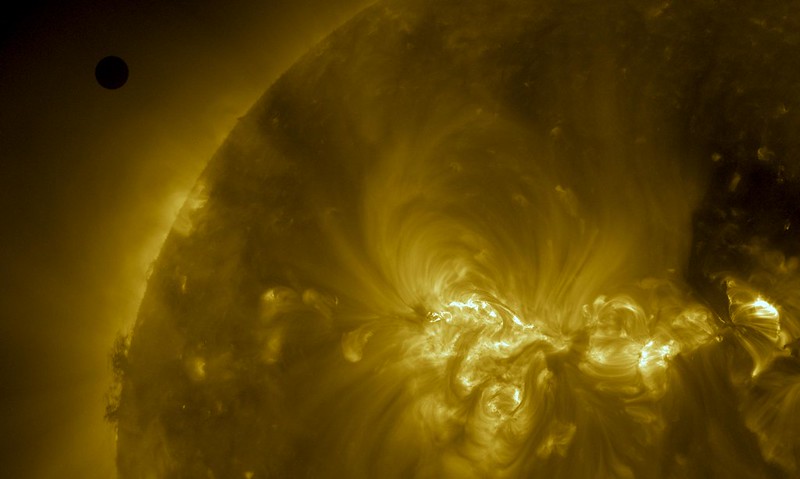
Transits of Venus are among the rarest of predictable astronomical phenomena. They occur in a pattern that repeats every 243 years, with pairs of transits eight years apart separated by long gaps of 121.5 years and 105.5 years
The next transit of Venus will occur on 5 and 6 June 2012, and will be the last Venus transit this century; the prior transit took place on 8 June 2004. The previous pair of transits were in December 1874 and December 1882. After 2012, the next transits of Venus will be in December 2117 and December 2125.
I have no idea kung bakit naman pati ito! hehehe nakakatuwa lang. As if buhay pa ako sa sa December 2117 at sa December 2125 for the next transit of Venus so for archive purposes lang naman and besides I love science, parang Sineskwela lang nung kabataan ko. ^^ "Bawat bata may tanong, bakit ganito bakit ganoon. Hayaang buksan ang isipan sa science o agham..."
Di ko pa nakita mismo ang ongoing transit of Venus ngayong umaga with my own eyes, wala naman kasi akong gamit. But i watched it na sa mga live streams sa internet mula sa mga ibat ibang observatories abroad.
Marshall Space Flight Center - Alabama
Mount Wilson Observatory, CA
NASA EDGE @ Mauna Kea, Hawaii
Marshall Space Flight Center - Alabama
NASA EDGE @ Mauna Kea, Hawaii
Iba iba ang pwesto ni Venus sa face ni haring araw kasi iba iba daw kasi ang orientation ng mga telescopes ng mga observatories/observers.
Meron din daw Transition of Earth viewable sa Mars. Sus!
I just find it interesting din na meron ng mga recent posted images sa Flickr ng T.O.V. gamit lang mga point and shoot cam! Kaya sya! Pero dapat may filter nga lang baka ma burn ang sensor.
article: http://en.wikipedia.org/wiki/Transit_of_Venus
photos courtesy:
http://www.flickr.com/photos/juniorvelo/
http://sunearthday.gsfc.nasa.gov/webcast
http://www.flickr.com/photos/gsfc/

"Halika Venus, I am going to cook you! Rawrrr!"














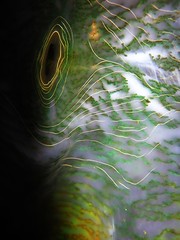





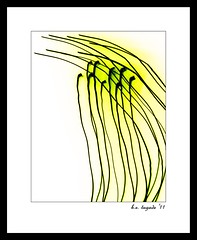












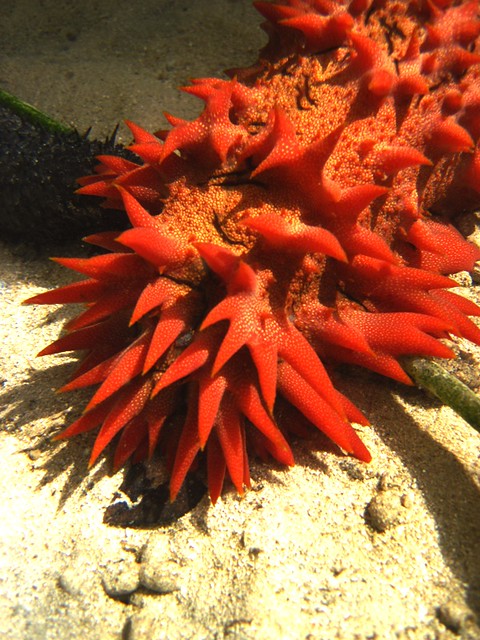











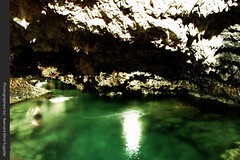


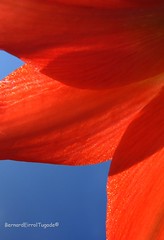
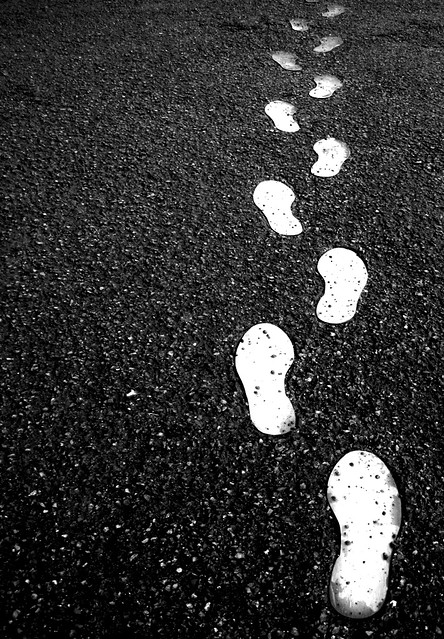










0 notes:
Post a Comment